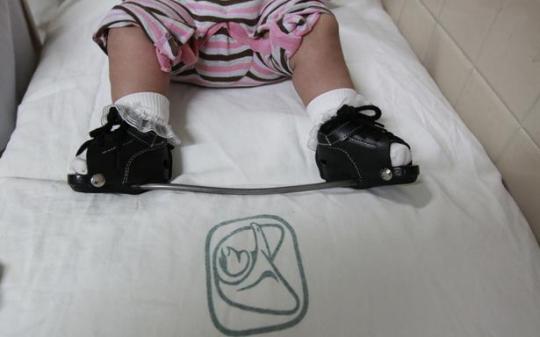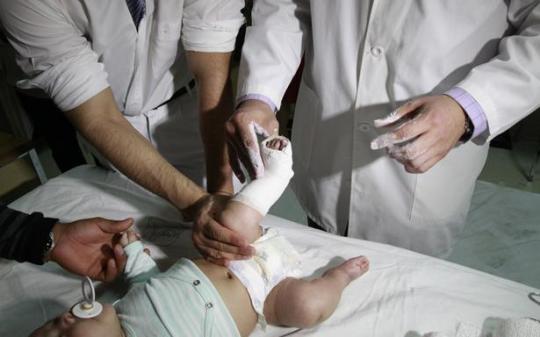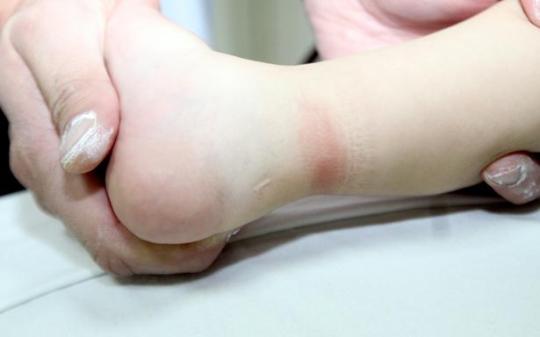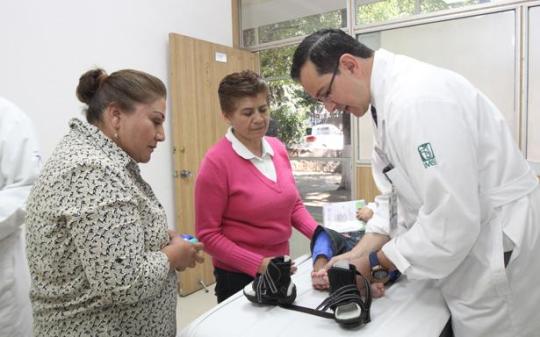Comparison of reverse total shoulder arthroplasty outcomes with and without subscapularis repair
FuenteEste artículo es originalmente publicado en:
https://www.ncbi.nlm.nih.gov/pubmed/28277259
http://www.jshoulderelbow.org/article/S1058-2746(16)30448-7/fulltext
De:
Friedman RJ1, Flurin PH2, Wright TW3, Zuckerman JD4, Roche CP5.
J Shoulder Elbow Surg. 2017 Apr;26(4):662-668. doi: 10.1016/j.jse.2016.09.027. Epub 2016 Oct 27.
Todos los derechos reservados para:
Copyright © 2017 Journal of Shoulder and Elbow Surgery Board of Trustees. Published by Elsevier Inc. All rights reserved.
Abstract
BACKGROUND:
Repair of the subscapularis with reverse total shoulder arthroplasty (rTSA) is controversial. The purpose of this study is to quantify rTSA outcomes in patients with and without subscapularis repair to determine if there is any impact on clinical outcomes.CONCLUSIONS:
Significant clinical improvements were observed for both the subscapularis-repaired and non-repaired cohorts, with some statistical differences observed using a variety of outcome measures. Repair of the subscapularis did not lead to inferior clinical outcomes as predicted by biomechanical models. No difference was noted in the complication or scapular notching rates between cohorts. These clinical results show that rTSA using a lateralized humeral prosthesis delivers reliable clinical improvements with a low risk of instability, regardless of subscapularis repair.
Copyright © 2017 Journal of Shoulder and Elbow Surgery Board of Trustees. Published by Elsevier Inc. All rights reserved.
KEYWORDS:
Shoulder; arthroplasty; complications; dislocation; reverse; subscapularisResumen
ANTECEDENTES:
La reparación del subescapular con artroplastia total reversa del hombro (rTSA) es controvertida. El propósito de este estudio es cuantificar los resultados de rTSA en pacientes con y sin subscapularis reparación para determinar si hay algún impacto en los resultados clínicos.
CONCLUSIONES:Se observaron mejoras clínicas significativas para las cohortes reparadas y no reparadas, con algunas diferencias estadísticas observadas utilizando una variedad de medidas de resultado. La reparación de la subescapularis no condujo a resultados clínicos inferiores como se predice por los modelos biomecánicos. No se observó ninguna diferencia en la complicación o las tasas de muescas escapulares entre cohortes. Estos resultados clínicos muestran que rTSA usando una prótesis humeral lateralizada proporciona mejoras clínicas confiables con un bajo riesgo de inestabilidad, independientemente de la reparación subscapular.
PALABRAS CLAVE:Hombro; Artroplastia; Complicaciones; dislocación; reversa; Subescapular
- PMID: 28277259 DOI: 10.1016/j.jse.2016.09.027





